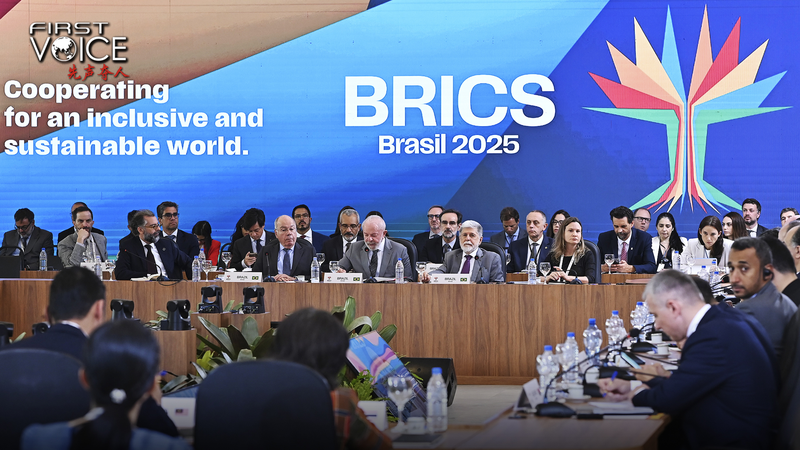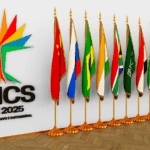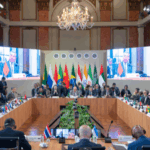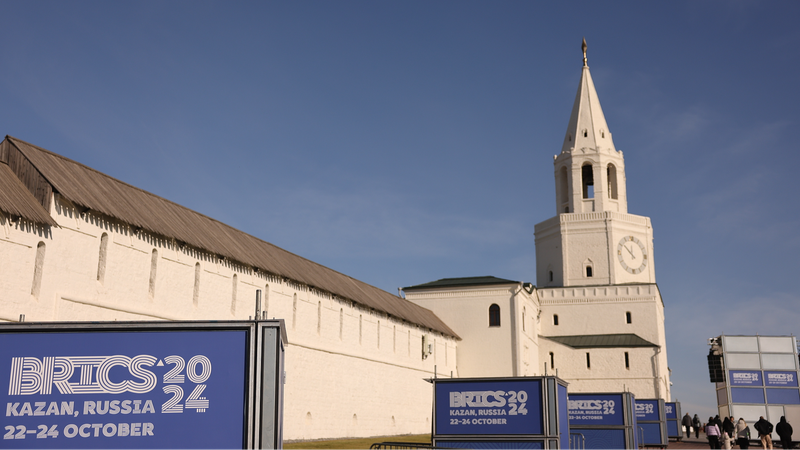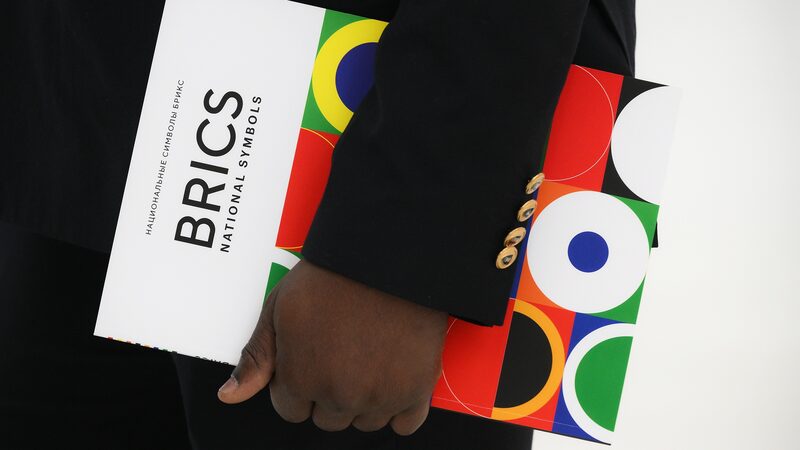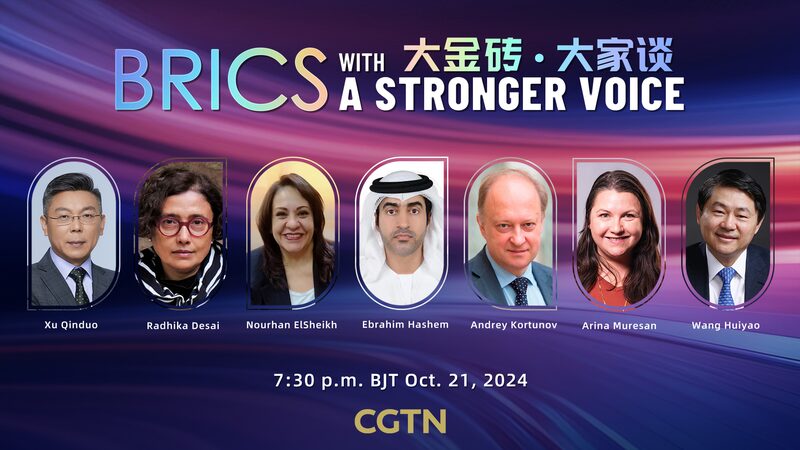The BRICS bloc – now encompassing 11 nations after Indonesia's landmark accession in January – is emerging as a pivotal force challenging traditional economic hierarchies. With 3.3 billion people and 37.3% of global GDP (PPP), this coalition of emerging economies now surpasses the G7's 28.4% economic share, signaling a historic power shift.
From Acronym to Action
What began as Jim O'Neill's 2001 concept of four rising economies has evolved into a multilateral engine for South-South cooperation. The 2009 Yekaterinburg summit laid the foundation for what Chinese President Xi Jinping later termed "greater BRICS" cooperation – a vision prioritizing security, green development, and global governance reform.
Economic Clout in Numbers
- 40% of global population
- $31.8 trillion combined GDP (PPP)
- Indonesia's inclusion adds ASEAN's largest economy
As Chinese Premier Li Qiang prepares for this week's Rio de Janeiro summit, analysts highlight BRICS' growing role in multilateral development financing and commodity markets. The New Development Bank has approved $35 billion in infrastructure projects since 2015.
A Vision for Global South Leadership
President Xi's 2023 Kazan Summit proposal positions BRICS as both a "primary channel" for developing nation solidarity and a "vanguard" for governance reform. This comes as 40+ countries reportedly seek membership, drawn by the bloc's alternative financial mechanisms and non-aligned stance.
With Indonesia's strategic position in critical mineral supply chains and maritime trade routes, BRICS gains enhanced capacity to shape 21st-century economic architecture. As developing nations seek alternatives to debt crises and climate financing challenges, the "greater BRICS" experiment enters its most consequential phase.
Reference(s):
cgtn.com
